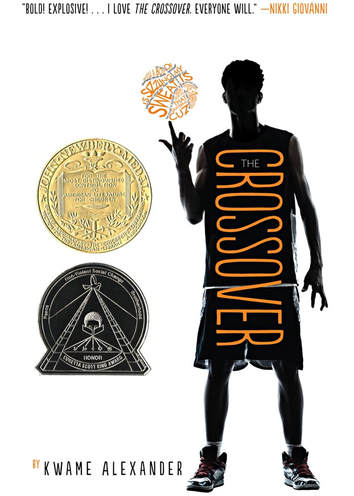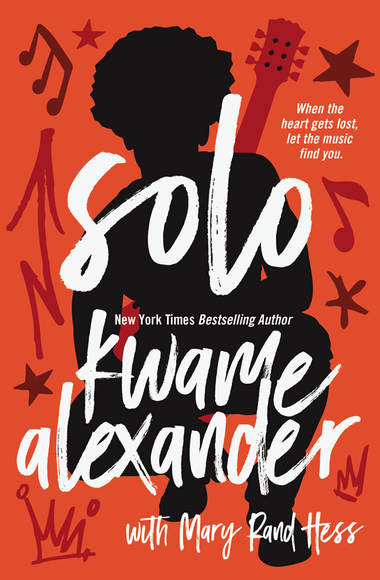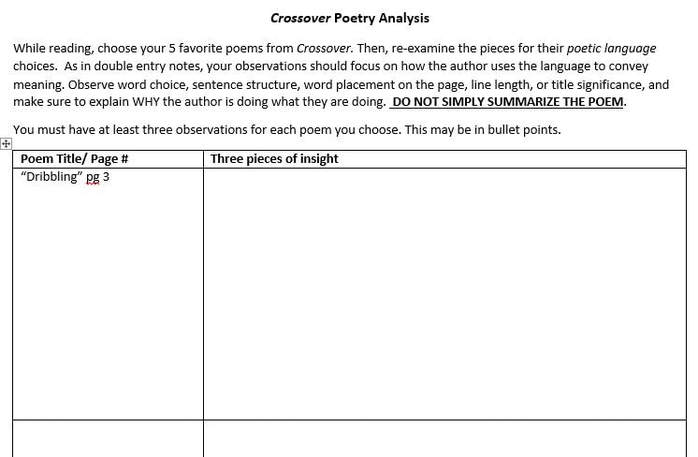By MK Jarvis

On a Saturday before the holidays, my middle school had a professional development during which we watched a video about classroom discussion. The information was awesome, so I asked my principal for the book on which the video was based entitled Questioning for Classroom Discussion: Purposeful Speaking, Engaged Listening, and Deep Thinking by Jackie Acree Walsh and Beth Dankert Sattes. Just a few days ago, my book arrived and I am really excited about what it is teaching me.
If you are a newish teacher like me and you have many of those “Rats, I should have taught that lesson another way!” moments and need all the help you can get or you are a teacher who is looking to deepen the thinking processes of your students, this book might be a good place to start. I’ve barely scratched the surface of this text, but I am already very excited to apply the concepts Walsh and Sattes present in their book.
I realize so far I have been making a couple of mistakes in my attempts to encourage my students to have significant classroom discussions. My first mistake is I present questions in recitation instead of discussion. While questioning in recitation is important as it is a skillful way to check for understanding, questioning for discussion “helps to build and deepen understanding and oftentimes occurs after students have mastered core content” (Walsh and Sattes 15). When I desire a discussion, I don’t want students just regurgitating definitions or information they have read or heard. I want them to use critical thinking and make connections with the texts they are studying and what other students are saying.

My second mistake is that my questions are not crafted to enable students to apply critical thinking and make connections. Walsh and Sattes tell us to identify the issue, craft the question, and anticipate student responses.
Identifying an issue is probably the easiest part. We have more issues these days than ever! The issue we have been wrestling with in my 7th grade English class is allegiance to our flag and our first amendment rights. In the US we cannot make anyone, even school children, stand for the Pledge of Allegiance. Some of my students stand and some don’t. At first, this bothered me immensely. I’m old fashioned maybe, but it hurt me somehow that the kids didn’t care to stand. Then I began wondering if they knew why they were or were not standing or were they just doing what others were doing. Here was the question I asked: Why do you or do you not stand for the Pledge of Allegiance? Pretty simple, but not very inspiring in the critical thinking/discussion arena.
Walsh and Sattes tell us that strong focus questions share the following characteristics:
- Academic vocabulary that is appropriate to the age and grade level of the students.
- Strong verbs intentionally chosen to activate student thinking at a particular level.
- A simple and straightforward sentence structure.
- Delivery within a meaningful context (teachers might need to prepare a statement that provides focus or context before asking the question) (19).
How can I fix my question to help the students deepen their thinking about our issue?
I’ll start with meaningful context.
Currently in the United States, many citizens, some very prominent in government or pop culture, have decided to stop observing the Pledge of Allegiance and The Star Spangled Banner at public events.
Then I’ll use strong verbs.
Consider why one might resolve to refuse reciting or singing a pledge to the flag of the United States. Consider why one might continue reciting or singing a pledge to the flag of the United States.
We have defined the words pledge, allegiance, republic, indivisible, and liberty. Analyze each definition and determine why in 1892 Francis Bellamy might have used these words when drafting the first version of the Pledge of Allegiance. Contemplate why these words might still be relevant today.
The words to the Pledge of Allegiance have changed several times through the years. Thinking about your own perception of the Pledge, how might you revise the words to better represent our country today?
Hey, that looks better already, but now I must anticipate student responses to these questions. I have to think about “logical and defensible lines of reasoning and erroneous thinking” from students and how I might “plan effective teacher moves” (21). If I anticipate responses, I may be better able to guide the students’ discussion. I could prompt them if needed to.
Like I said, I’m just scratching the surface of Questioning for Classroom Discussions, but I feel I’m travelling in a good directions. Teachers crafting quality questions is essential to a dynamic classroom and if ever our students needed to learn the skills of strong civil discourse, it is now.
WVCTE is wondering … How are you crafting quality questions to foster deeper discussions in you classroom?
Leave us a comment, Tweet us your thoughts @WVCTE, or connect with us on Facebook!
Walsh, Jackie Acree., and Beth Dankert. Sattes. Questioning for classroom discussion: purposeful speaking, engaged listening, deep thinking. Hawker Brownlow Education, 2016.


